When first noticed, uneven eyes, and asymmetrical eyelids can be upsetting. However, facial asymmetry is something that everyone has, including celebrities and models who appear to have perfectly symmetrical faces, but actually have asymmetric features, including their eyes. I’ll go over the most common causes of asymmetry in the eyes and eyelids, when natural eye asymmetry can go unnoticed and doesn’t require treatment, and when eyelid asymmetry needs medical intervention.
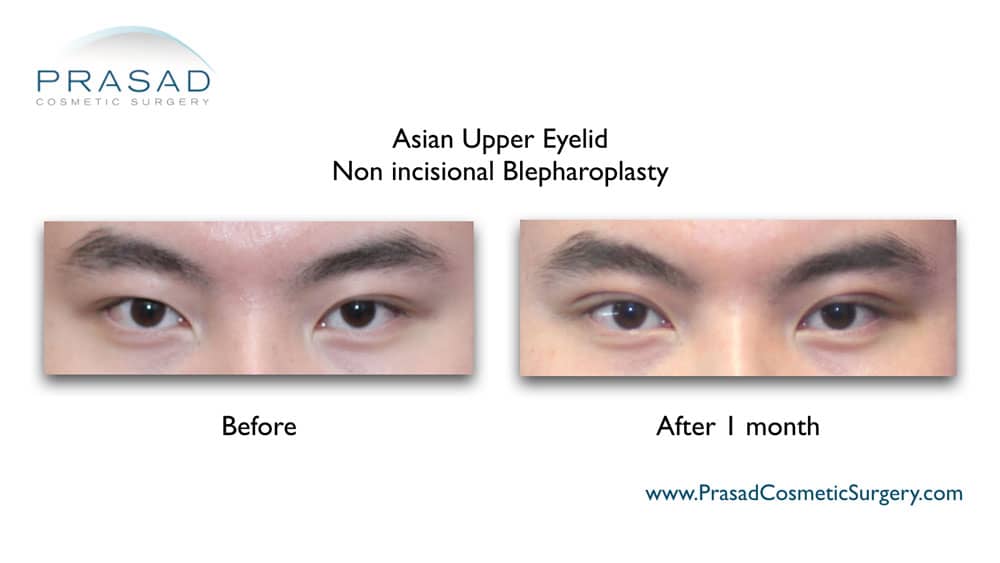
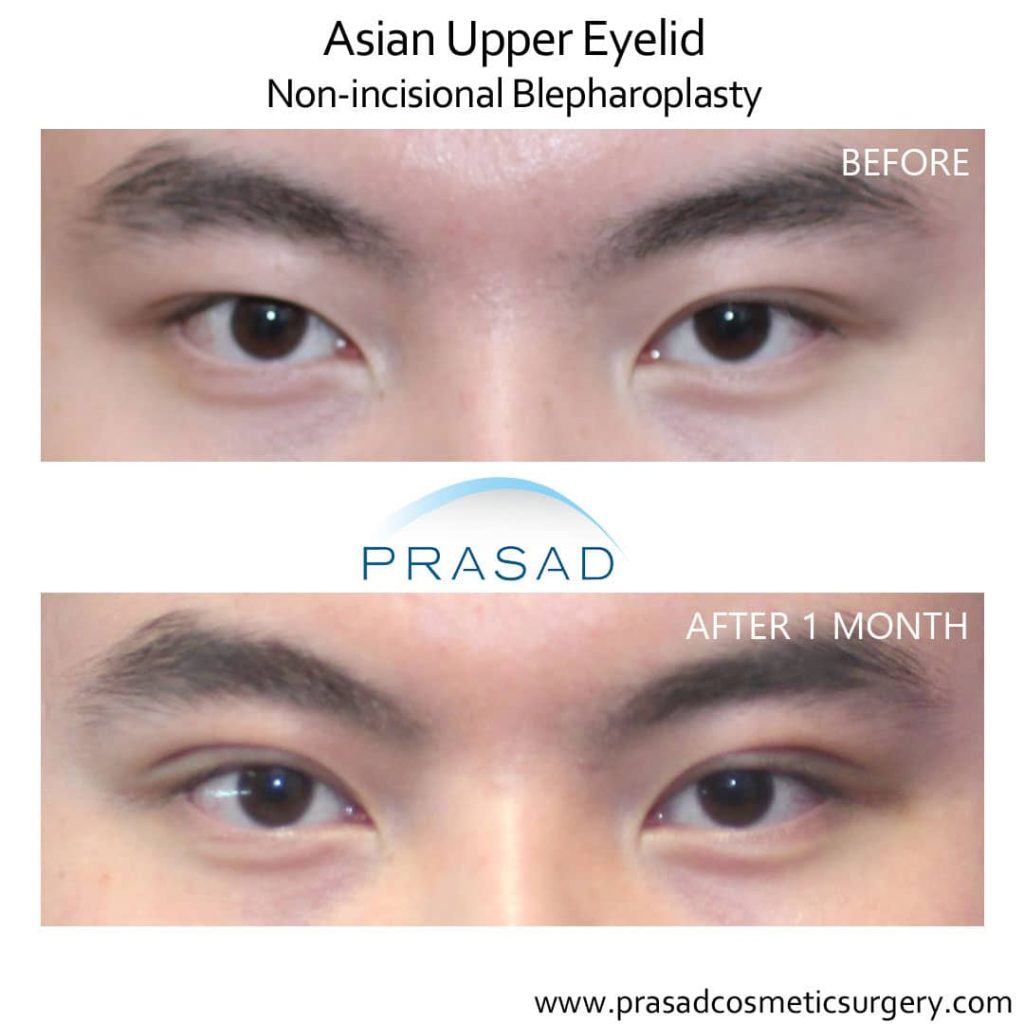
How Do You Fix Uneven Eyes?
Every day in my practice, I perform cosmetic upper eyelid surgery to treat various causes of uneven eyes or eyelids, such as hooded eyes, Asian double eyelid surgery to create an eyelid fold or crease where there was none previously, and eyelid ptosis correction to treat drooping eyes caused by the muscle that raises and closes the upper eyelids.
I also perform non-surgical treatments on the upper eyelids, such as injectable fillers when hollowing causes the eyes to appear droopy or uneven.
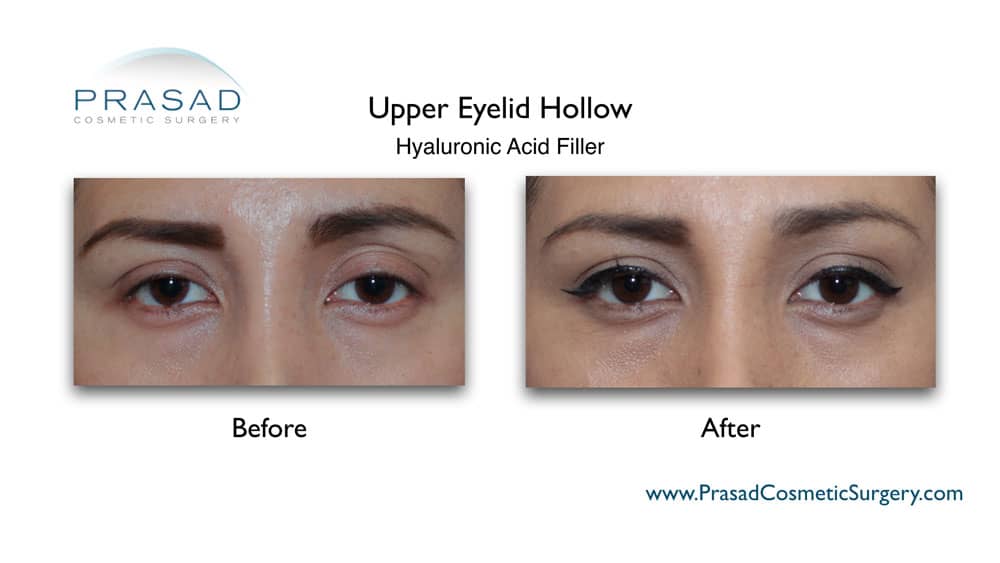
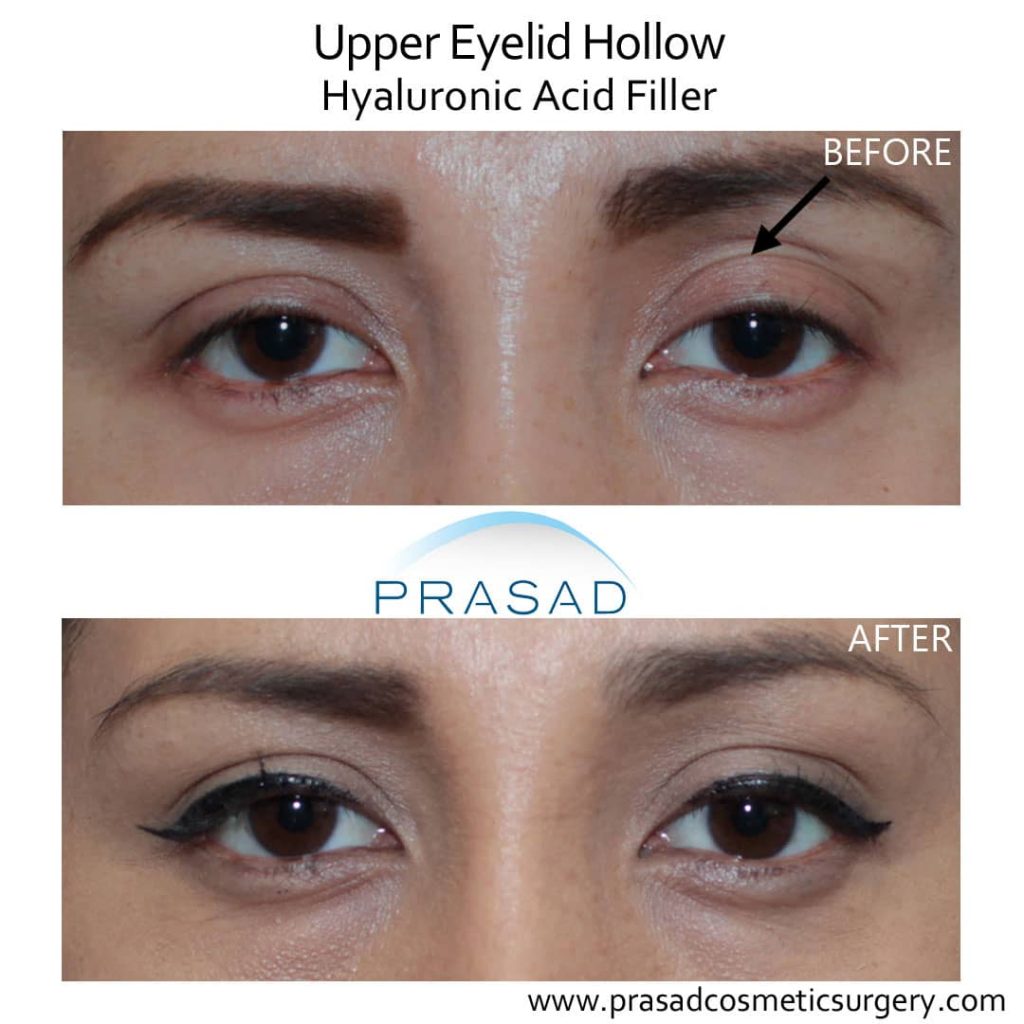
People frequently believe that facial symmetry is ideal and beautiful, particularly in the eye area. Having symmetric eyes and faces, on the other hand, is practically non-existent in nature, as asymmetry of the eyes and face is shared by almost everyone, including celebrities and models who are not immediately recognized as having asymmetric faces.
Facial asymmetry occurs naturally in everyone, and most people don’t even notice it because everyone has some degree of asymmetry, and because it’s so common, it doesn’t stand out.
The main reason why the two eyeballs may have slightly different positioning in the face for eye asymmetry is due to bone structure. The two sides of the face form separately, resulting in differences on both sides of the face. The eye sockets in the skull can have a subtle difference in position. The difference in eye position may be noticeable to someone who over analyzes their own face, but for the majority of people, this difference is completely overlooked. Since eye position is determined by bone structure, it is not usually treatable with medical intervention.
When is Intervention Not Needed for Asymmetrical Eyes?
Differences in the height of the two upper eyelids can have a normal, unnoticeable range, but exceeding this range may necessitate medical intervention. A difference in height between the two eyelids of 1-2 millimeters is normal and not noticeable to others. While others may not notice this difference when they look at us, some people who examine their own eyes too closely may notice it. If the difference in eyelid height is within this range, no medical treatment is required.
What Causes Uneven Eyes?
If there is a difference in the height greater than 1-2 mm, then a closer examination is needed to determine the cause of this asymmetry before specific treatments can be recommended. If one or both of the eyelids appear to droop, I would first examine if there is hollowing above the eyelid, and below the brow.
1. Upper Eyelid Hollowing
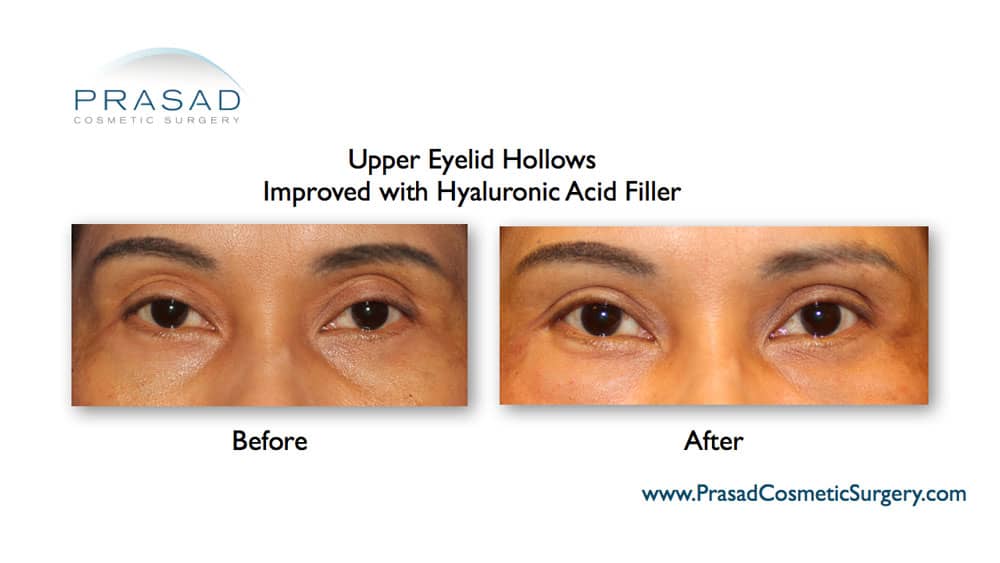
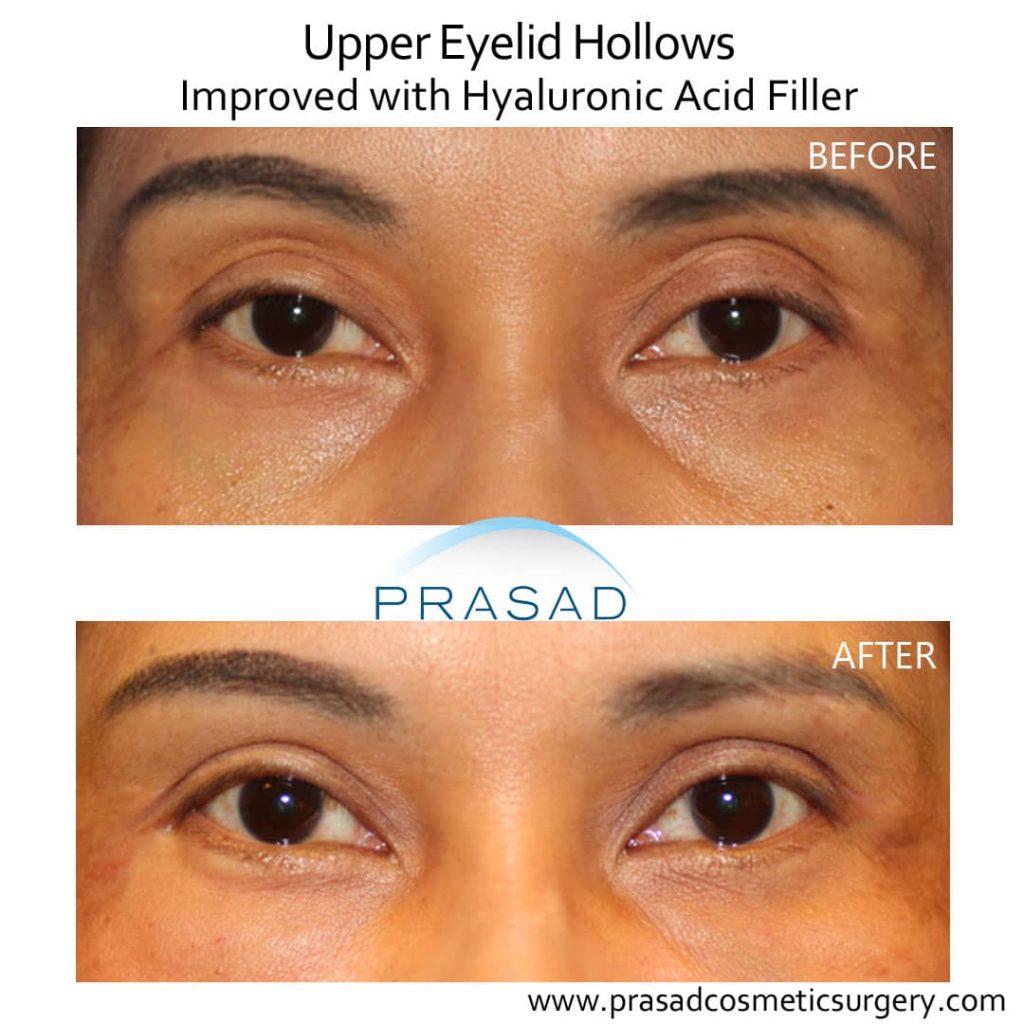
Upper Eyelid Hollowing Treatment
Without surgery, upper eyelid hollowness can be treated with a soft, injectable hyaluronic acid filler such as Restylane-L or Juvederm XC. Careful placement of the filler is required to avoid losing the filler material behind the eyeball.
I’ve done this procedure with grafted fat in the past, but it requires surgery, and because 30-70% of grafted fat is quickly absorbed when moved to a new location where it needs to connect to a new blood supply, more than one surgical procedure may be required.
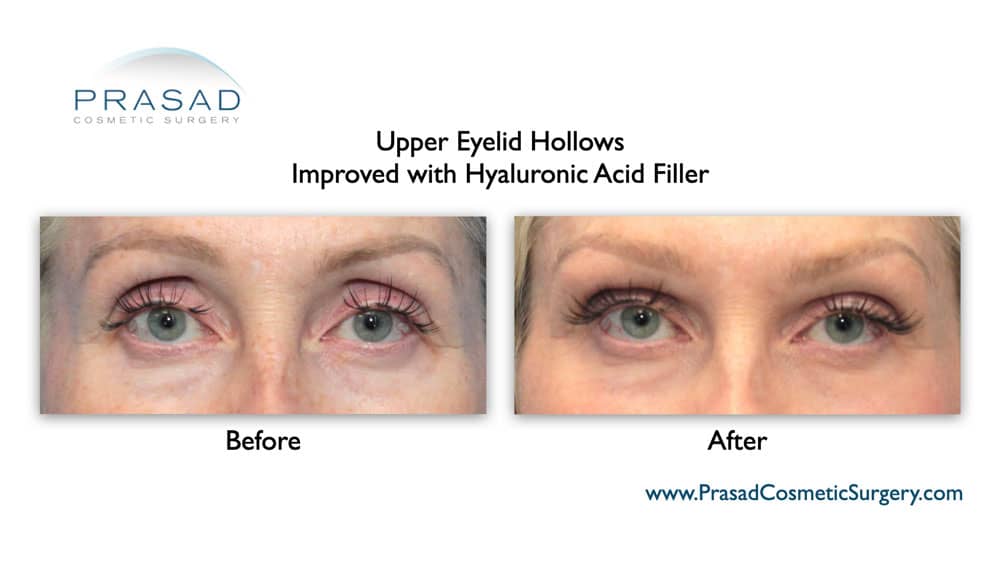
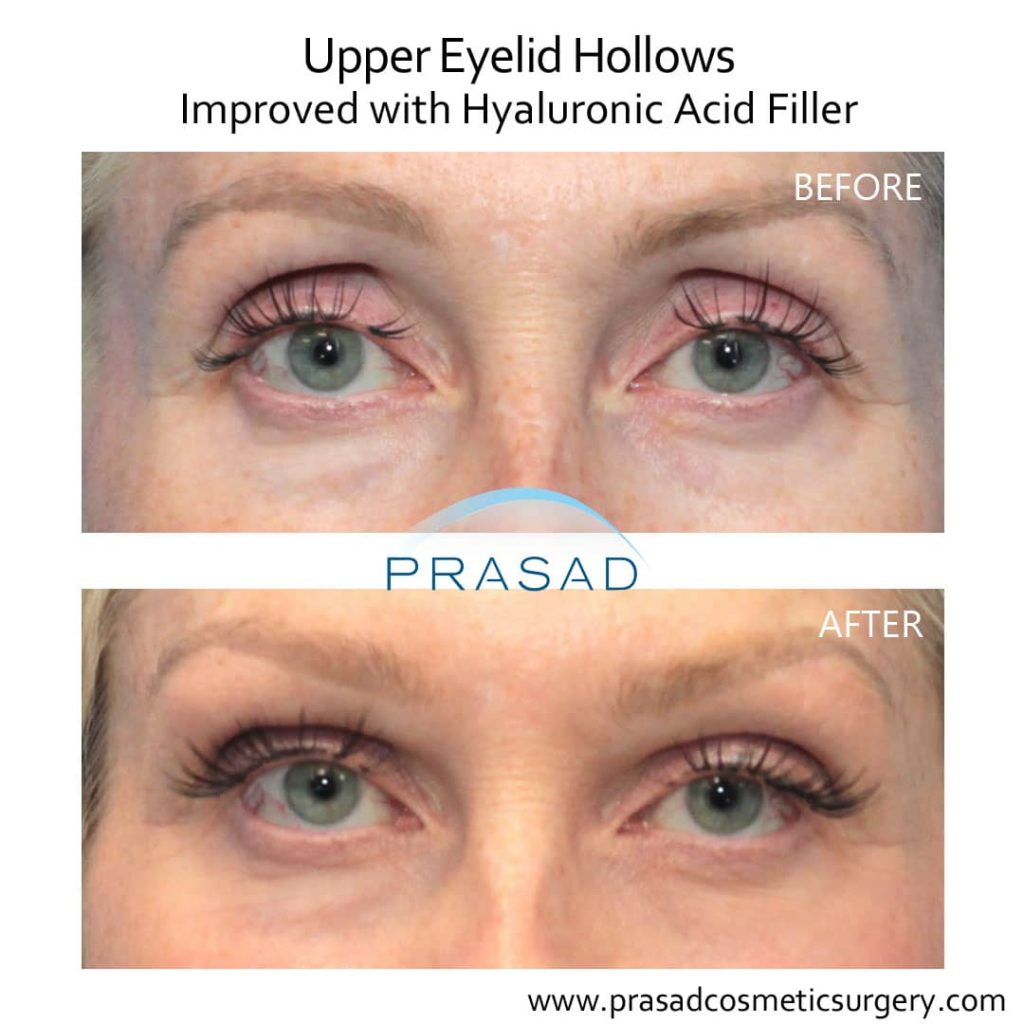
I prefer the more predictable filler treatment for the convenience of my patients who prefer to have this hollow space treated without downtime because cosmetic fillers do not require surgery, or a blood supply to be viable.
2. Ptosis
Cause of Ptosis
The levator muscle, which lifts the eyelid, is the cause of eyelid ptosis. The levator muscle lifts the upper eyelid. The levator muscle can be defective, detached, or malformed at birth, causing congenital ptosis. The levator muscle can also stretch or detach in adults as they get older, causing one or both eyelids to droop. Eyelid ptosis is more than just a cosmetic issue because it can impair vision.
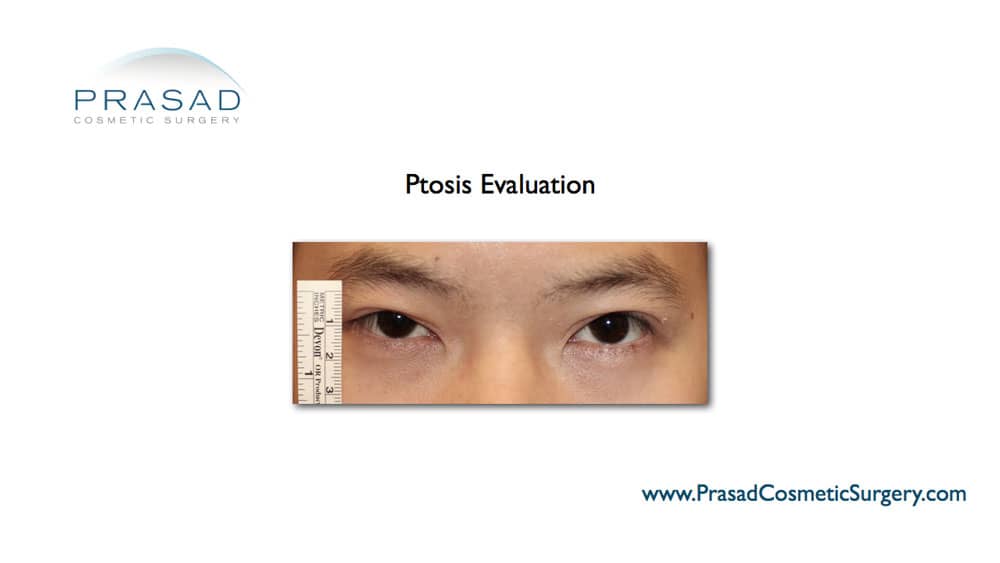
Ptosis Treatment
Eyelid ptosis surgery typically consists of reattaching or shortening the levator muscle to achieve better eyelid symmetry and balance, as well as lifting the eyelid away from the pupil to prevent vision from being obscured. Since the levator muscle is too weak or defective to move in severe ptosis cases, the eyelids are attached to the frontalis muscle, which lifts the brow and forehead, in a procedure known as a frontalis sling.
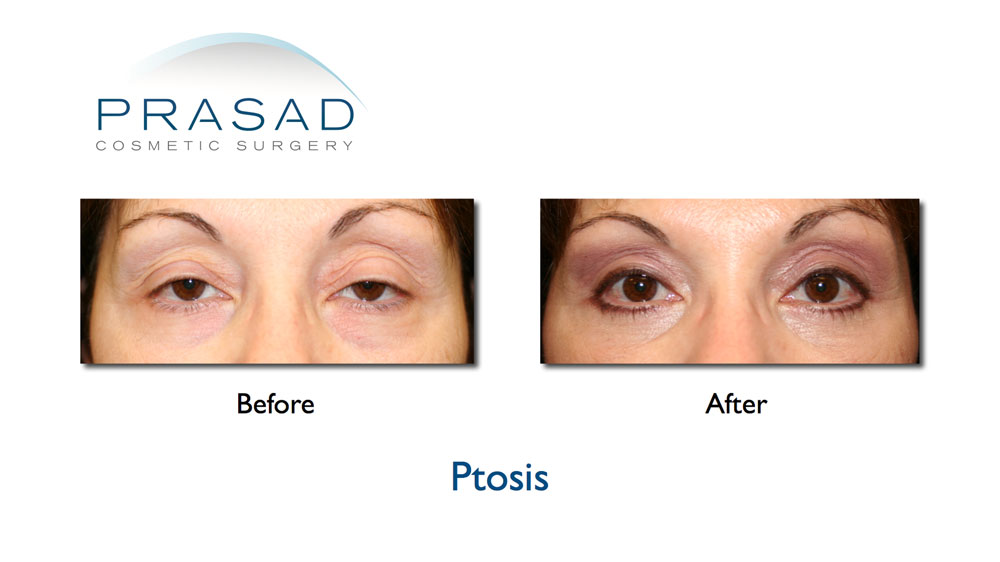
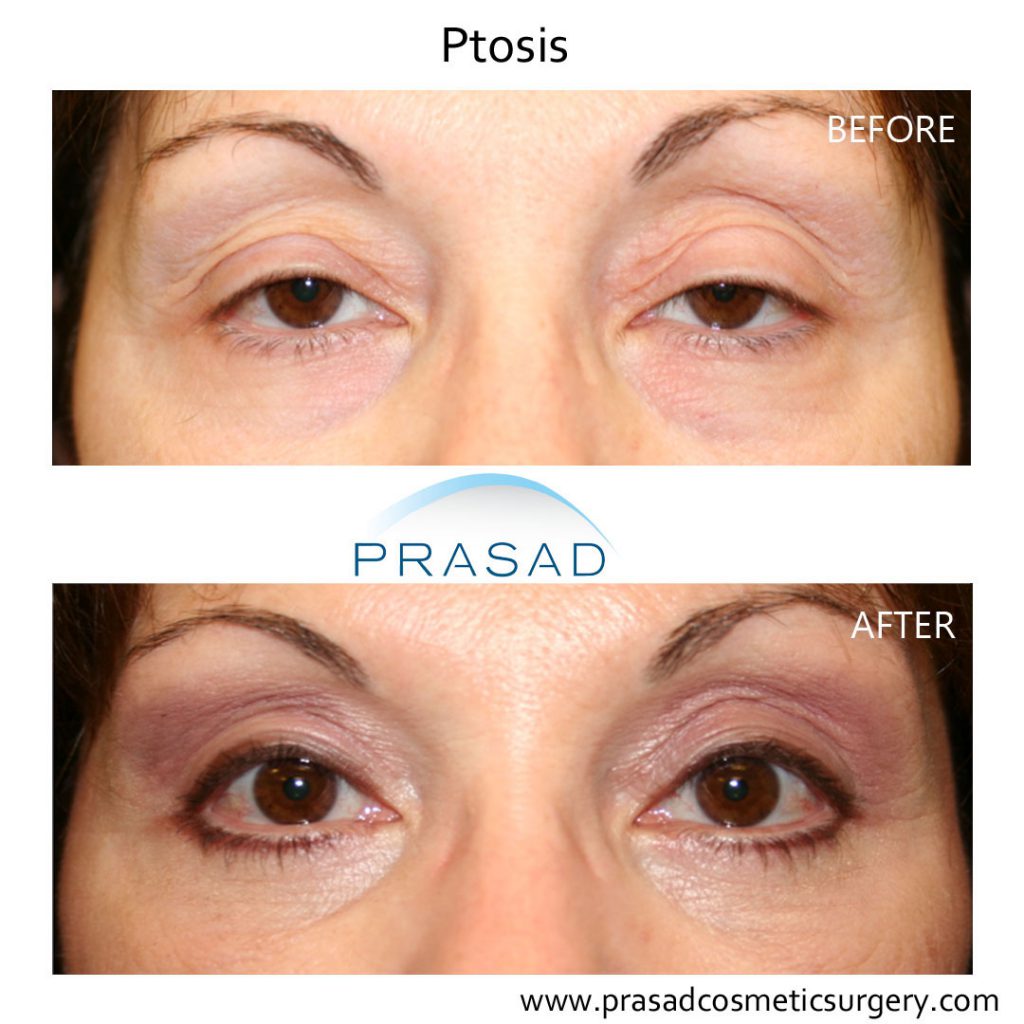
Eyelid ptosis surgery is not performed by general plastic or cosmetic surgeons as they are not trained to operate on the levator muscle, so this is a specialized surgery performed by oculoplastic or oculofacial plastic surgeons who are also trained as ophthalmologists or eye surgeons, as well as in eyelid surgery.
3. Upper Eyelid Hooding
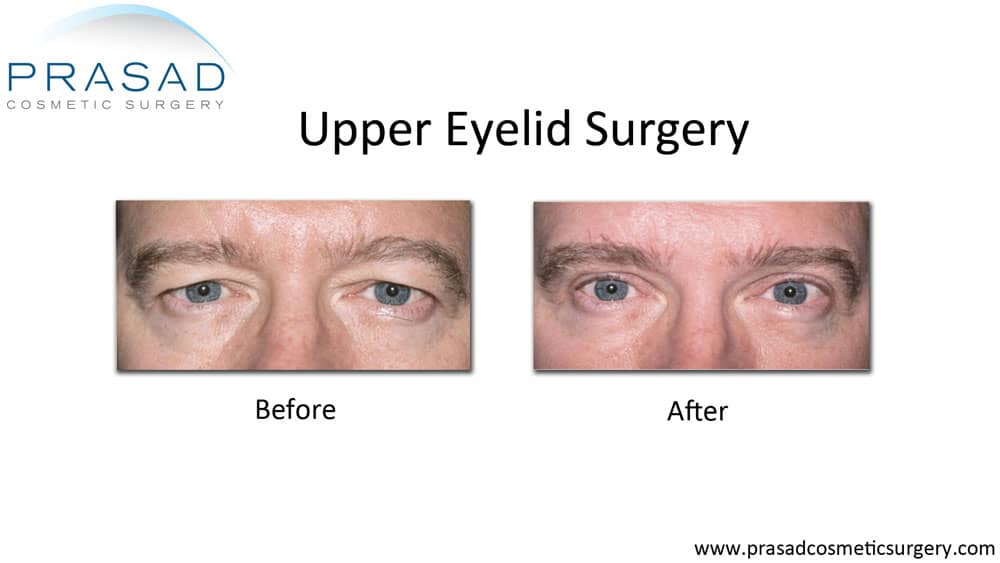
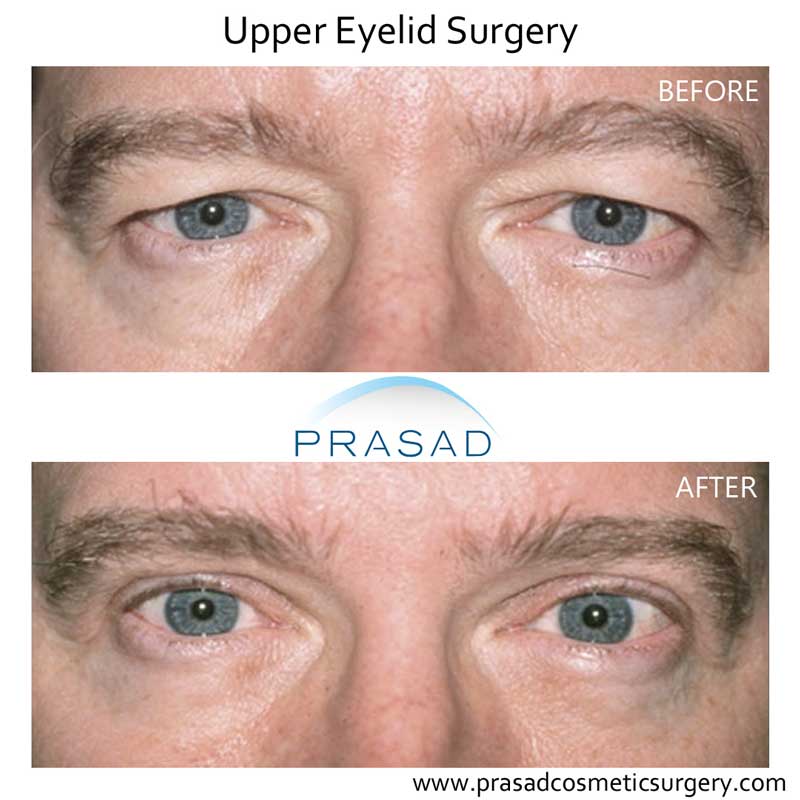
Upper Eyelid Hooding Treatment
The treatment for dermatochalasis is cosmetic upper eyelid surgery, also known as upper blepharoplasty. While upper blepharoplasty is a procedure commonly performed by most plastic and cosmetic surgeons, and even general surgeons or other types of surgeons, it is a precise procedure that should only be performed by experienced experts.
Upper blepharoplasty is not only close to the delicate eye area, but the difference between a successful outcome and surgical complications is measured in millimeters.
Even removing 1-2 millimeters of skin can result in the eyelids not fully closing for sleep or blinking, necessitating extensive and costly revision surgery involving grafting procedures to restore eyelid skin.
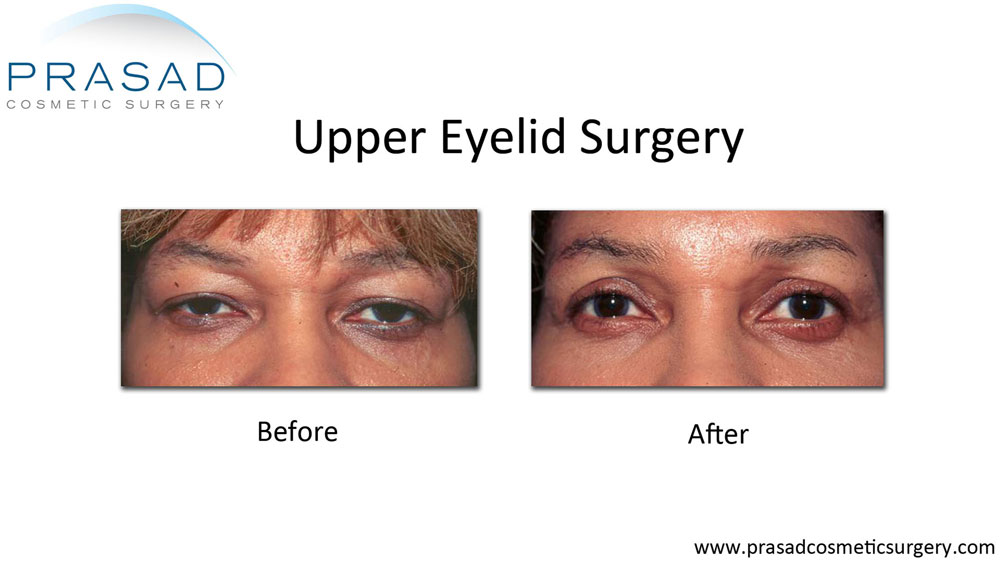
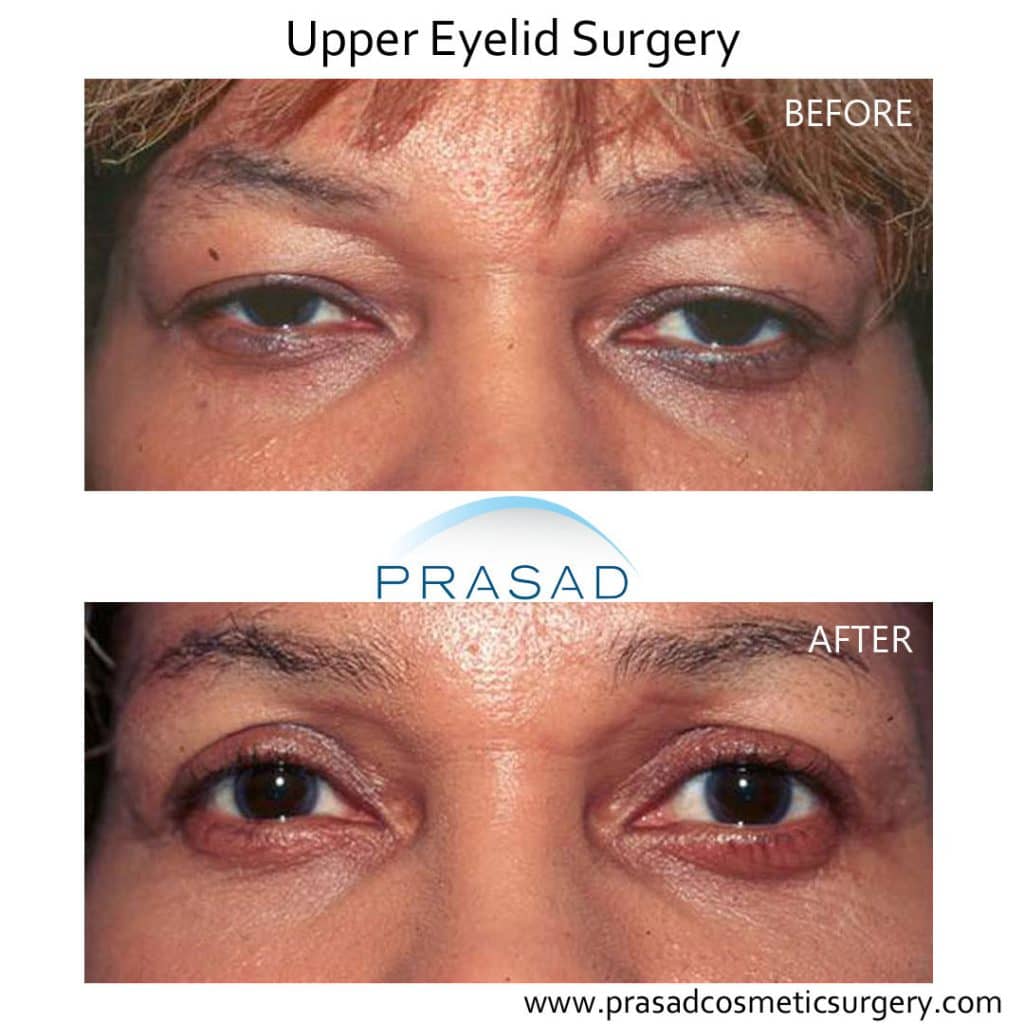
An artistic style is also required because changing the upper eyelid can make the patient look younger and more energetic, but it can also change facial character to the point where they are unrecognizable.
4. Undefined Eyelid Crease
Asymmetry in the eyelids can be caused by a lack of an eyelid crease, or a shallow or undefined eyelid crease. This problem is more common in Asian ethnicities, where approximately 50% are born without eyelid creases on both sides, or with a defined crease in one eye but not the other.
Having a shallow crease or multiple creases over one eye can occasionally disrupt the facial harmony of having a defined crease on the other eye. The definition of the eyelid crease is due to the connection between the eyelid skin and the levator muscle, which is created in nature by small fibers. If these fibers do not form a strong connection, the crease may be shallow, have multiple smaller creases, or be absent entirely.
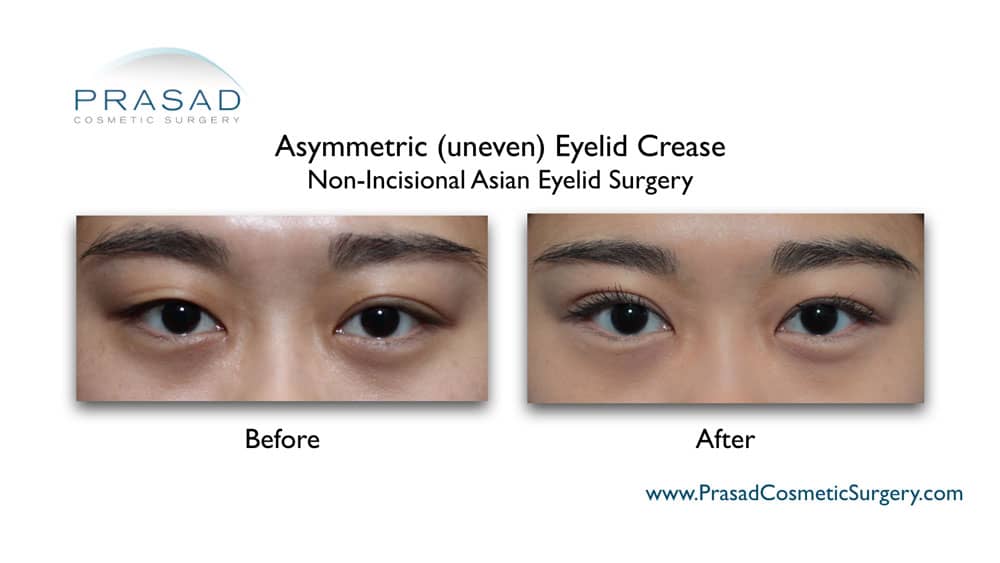
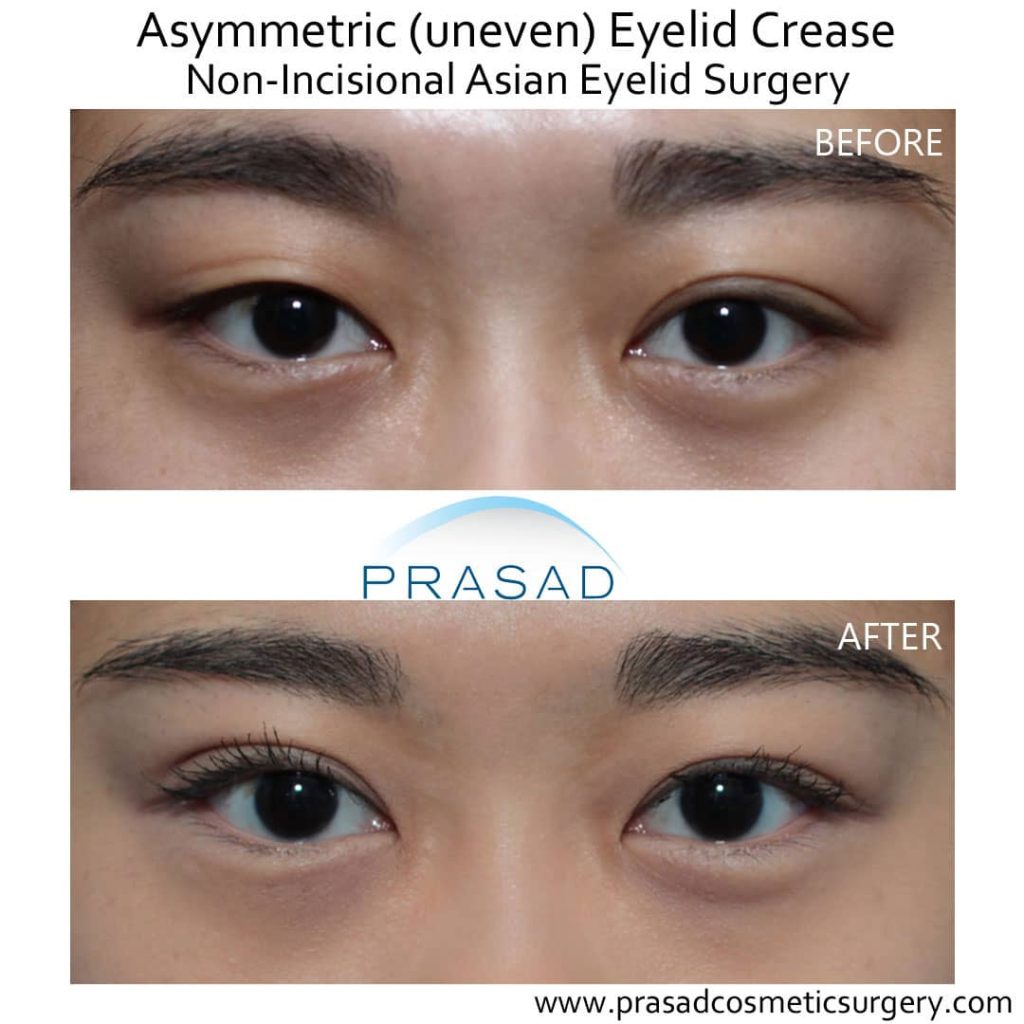
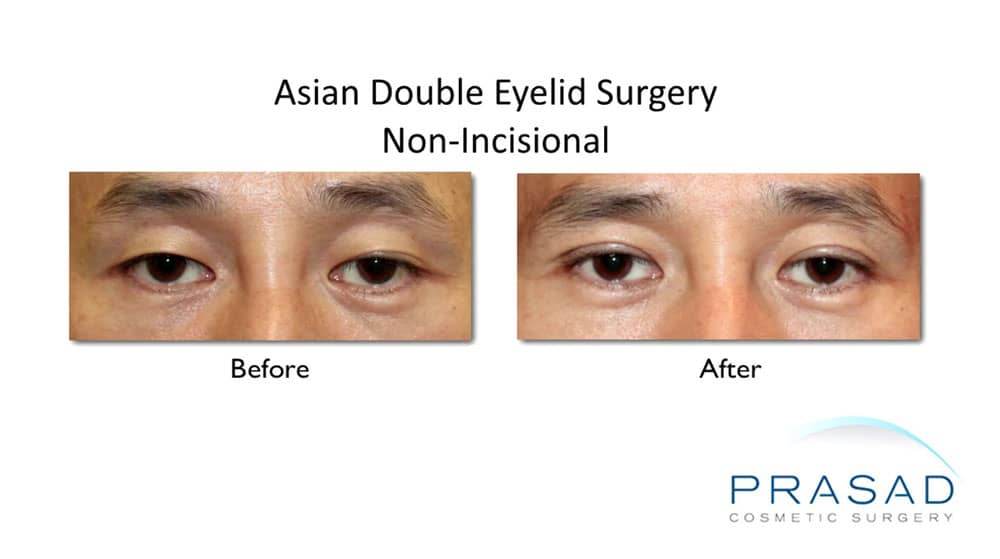
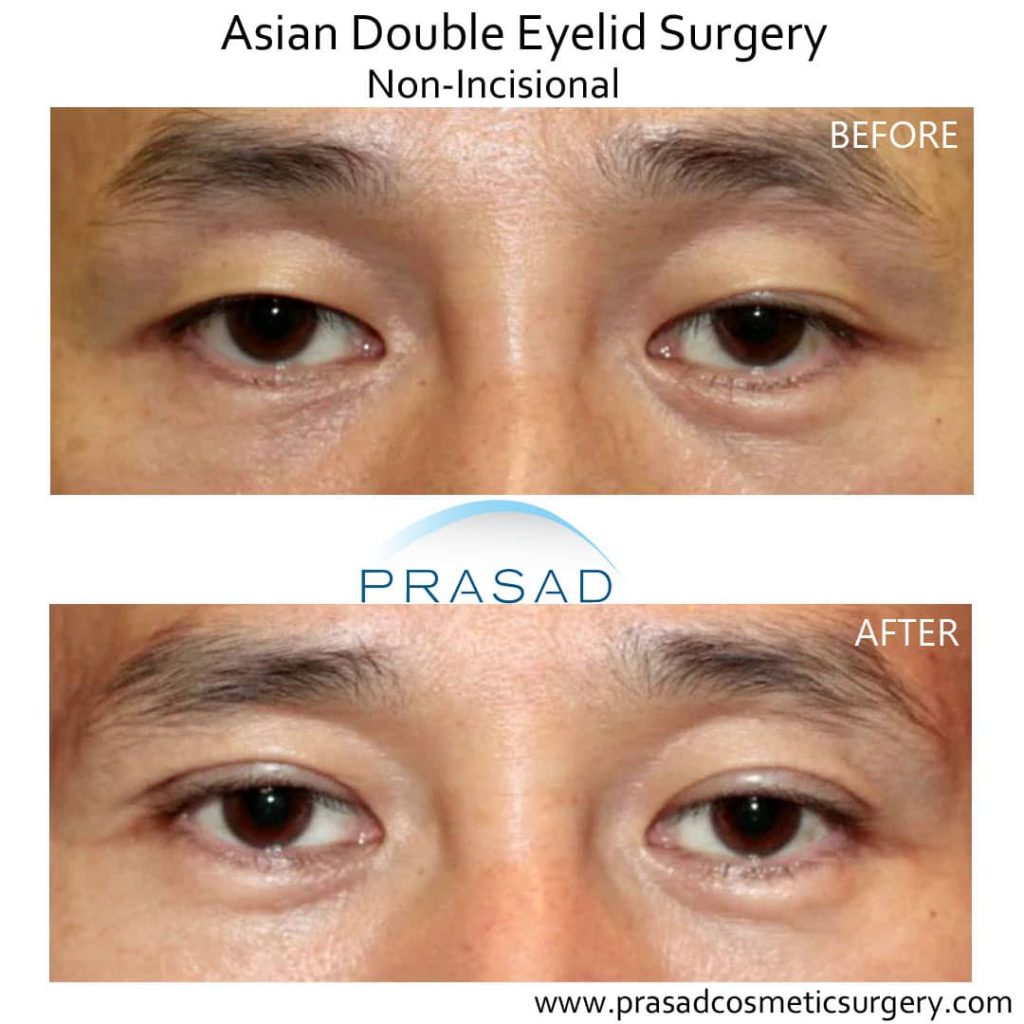
The Benefits of Using Local Anesthesia with LITE™ IV Sedation in Eyelid Surgery
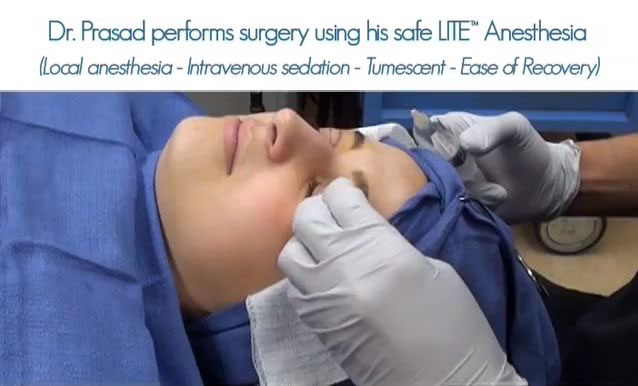
Conclusion
Uneven Eyes Surgical and Non-Surgical Treatment in Manhattan NYC and Long Island, NY
Dr Amiya Prasad is a Board-certified Cosmetic Surgeon, and Fellowship-trained Oculoplastic Surgeon. He’s been in practice in New York City and Long Island for over 25 years. To schedule a consultation, fill up the form below or contact any of our offices at (212) 265-8877 for Manhattan, New York City; (516) 742-4636 Garden City, Long Island; or (703) 356-1336 for Vienna, Virginia.
